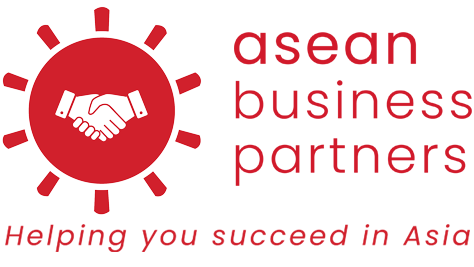
20 Apr Lessons for business: from Philippines’ EDSA Revolution
35 years ago, the EDSA Revolution or what is more popularly known as the People Power Revolution swept the Philippines. The unarmed civil resistance movement against violence and electoral fraud led to the departure of Marcos, ending his 20-year presidential term and restoring democracy in the Philippines.
From the elections being rigged and unfair appointments to key government positions, these triggered a series of events that saw millions march to the streets of EDSA. Filipinos began to demonstrate their discontent through songs, peace marches and slogans; through kindness and prayers and rosaries and flowers. On Feb 25 1986, Mrs. Aquino was sworn in as the elected President, effectively ending 20 years of Marcos rule. The Philippines showed the world how change can be brought in through swift peaceful show of strength, and forever changed the course of Philippines’ history.
Over the years, the movement has been fondly remembered and has been etched in people’s hearts. Several articles and reflections have been written throughout the years about the lessons one can take away from the revolution and its application in government, politics and life. However, we are yet to see the same lessons being applied to businesses and organizational management. This article is perhaps one of the few to attempt that. Here is a list of lessons from the EDSA revolution that businesses will do well to learn from:
- “Be fair to people” – Fairness and objectivity in the way you treat people
Seems so easy and obvious to do, but organizations face difficulty in ensuring equitable and fair internal structures. How many times have we seen managers give unfair ratings to their subordinates or bypassing qualified people for promotions in favor of somebody else? Process fairness and outcome fairness are distinct, but both are equally important. One aspect of fair processes in companies arises from how involved employees are in the decision-making processes and how they believe decisions are made. However, the most important factor comes down to how leadership behaves. Fairness is rooted in your character. You cannot teach what you don’t know. The Golden Rule is do unto others as you would have them do to you. And in an evolving world it is imperative to change the rules when necessary and evolve with the times but ensure the new rule is applied equally for all. And last but not the least, it is essential for employees to know that they have a fair opportunity to have their grievances heard by the firm.
2. “Openness and transparency is the only way forward for both government and the people”
With fairness, transparency cannot be left far behind. In today’s world of remote working and digitization, there is no substitute for a transparent way of working. Perhaps the question is no longer whether transparency is required but how much of it is conducive to business operations. We need to answer, “how does confidentiality play along with openness?”
Organizational transparency starts at the top and must be adhered to constantly by the leadership. The best application of this lesson is around crafting policies and procedures for the company. Too strict and you cannot be agile and fast during this time of digitization; whilst if it’s loose and sketchy then you lose control and discipline. It is also important to understand that transparency is not sharing all information all of the time. Companies need to be transparent and keep all the stakeholders informed of what is true. This helps in promoting a culture of trust. But openness and confidentiality should not be confused. One must understand and distinguish between what should be openly communicated and what should be kept confidential for commercial and legal reasons.
3. “… only with an enabling government can our people develop the capability to solve the nation’s perennial problems of inequality, poverty, corruption, injustice…”
In this lesson, we emphasize on the word enabling. Only when people in leadership drive the strategies and capabilities of the company and allow employees to participate in those strategic endeavors can that organization be truly successful. One direct way of enabling people in an organization is through training and development. But it’s not limited to just that – it is providing opportunity for employees to grow without expecting anything in return. Often, managers tend to develop employees with high potential (high-flyers). Why? Because it creates a certain ‘debt of gratitude’ or ‘utang na loob’. These high-flyers are somewhat expected to do something in return in the future, a quid-pro-quo. The application is providing assistance to your people without expecting anything in return. By being personally happy for these people to grow, mature and move forward in life.
4. “Not to curse the darkness – under God’s sleeves is a surprise of a lifetime for you.” – Persistence is key
Business results and delivery are cyclical; up this year and down next year. The pandemic has taught us an important lesson of the external factors driving your results. A lot of companies went red, some even went close to getting bankrupt and closing. But persistence and having that clear vision of doing what you do best can get you through these trying times. There were several case studies we’ve seen in the past that by refocusing on your core strengths as a company, you can weather the difficult times. Refocusing and having that belief of recovering during the dark times, a surprise of a lifetime is coming your way.
